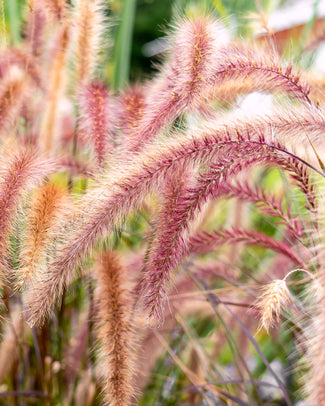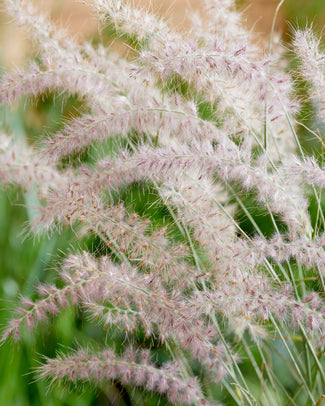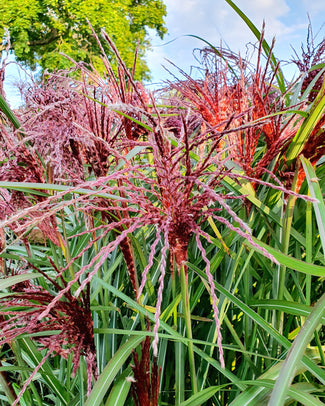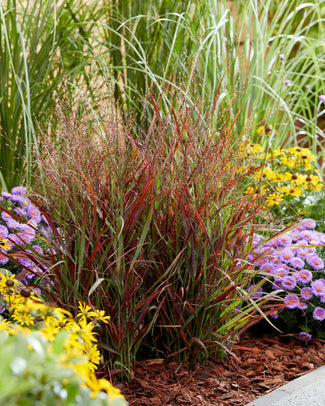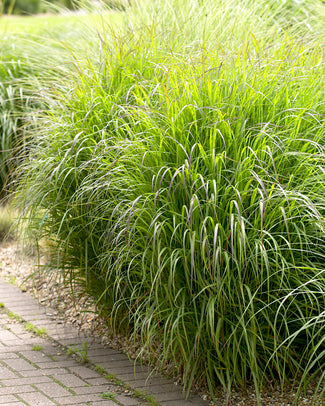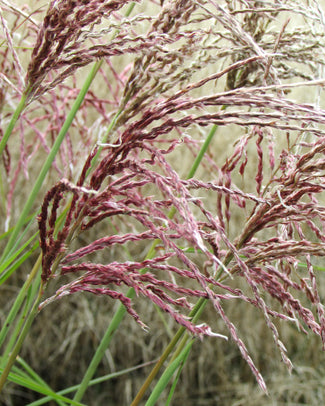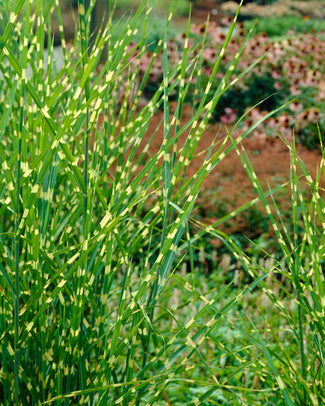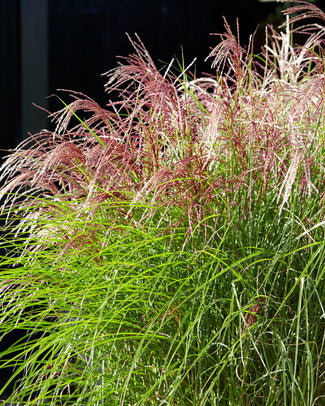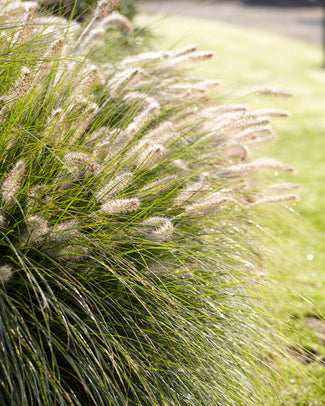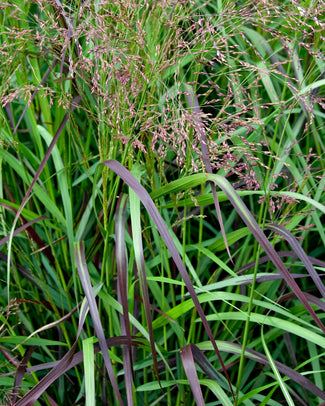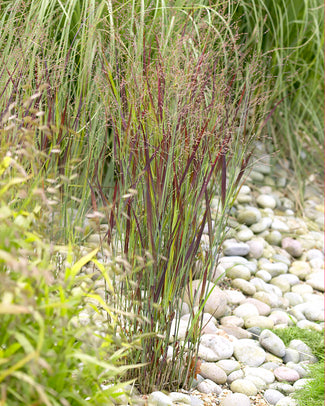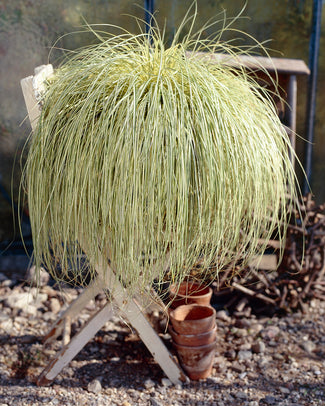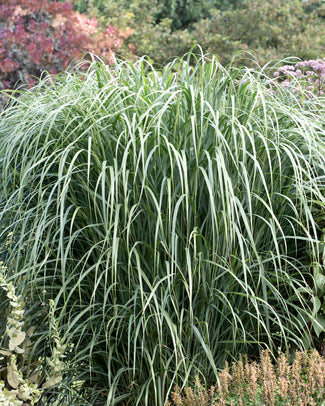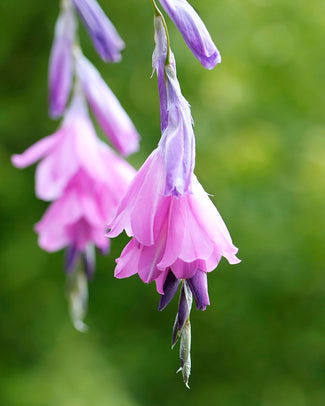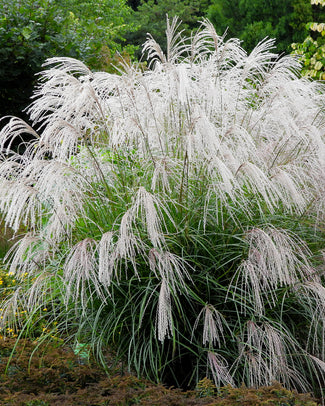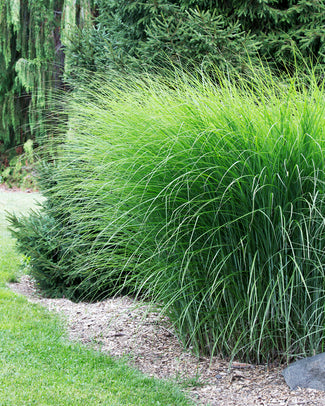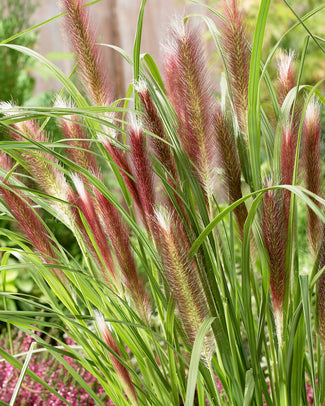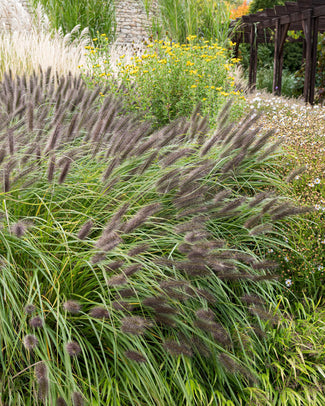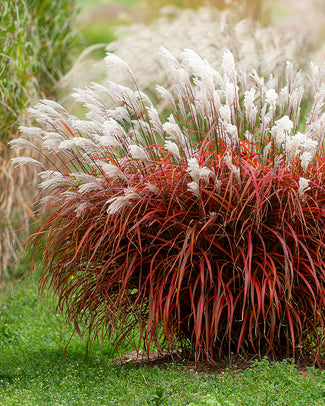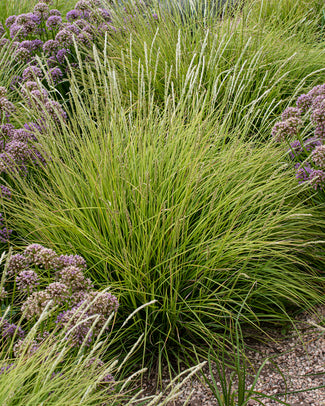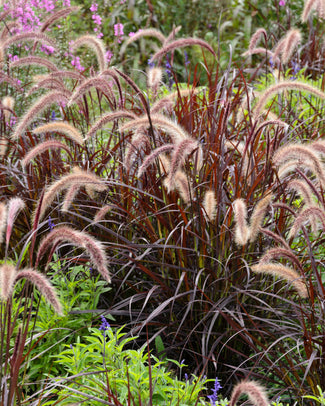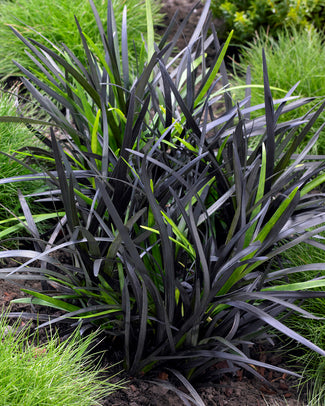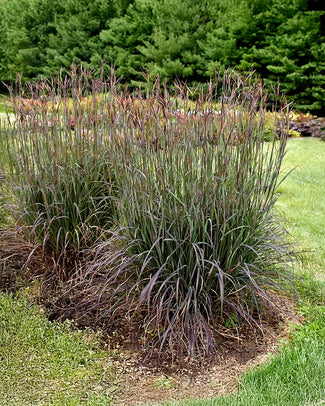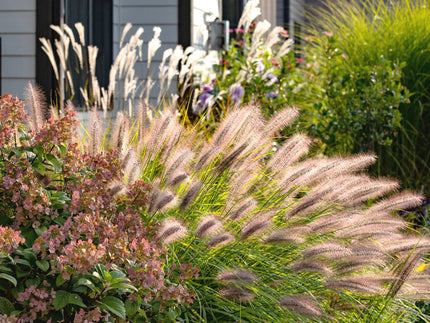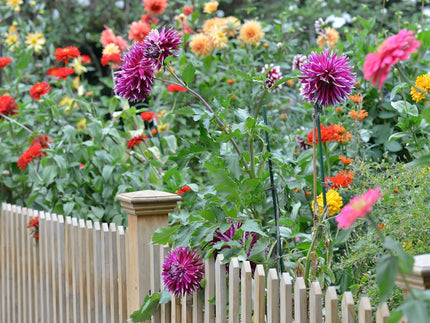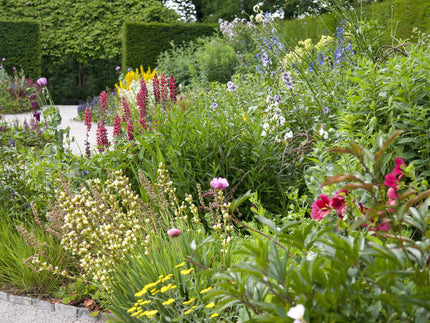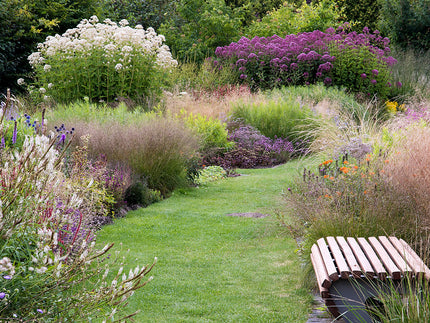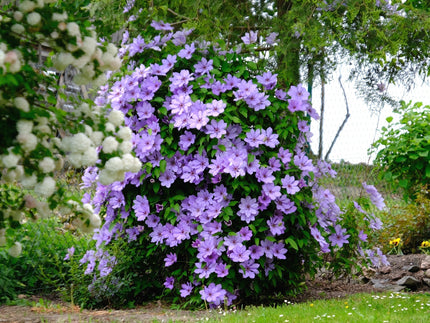How to plant Pennisetum
Pennisetum is a broad genus of tufty clump-forming herbaceous perennial grasses. They’re grown mainly for their foliage and bring grace and contrast to borders with their flowing movement and fluffy flowerheads. They are available in varying shades and sizes and work well in borders, patio containers or gravel gardens. Naturally, they thrive in sandy, poor and very well-drained soils, making them very well suited to coastal gardens. They’re not fully hardy and in areas with very cold winters they will likely need frost protection.
How to plant
- Plant Pennisetum in spring between February and May, ideally within a week of delivery.
- Soak the roots in water for 3-6 hours prior to planting. Pot into temporary 2 litre (or 15-20cm diameter) pots, using a good quality multi-purpose compost with added grit to aid drainage.
- Plant with the roots fully submerged in the compost. There will be some old foliage from the previous year which is cut at around 10cm. This should be left exposed above the soil surface. New shoots will emerge from the base of these dried stems.
- Grow them on in a sheltered spot outside or in an unheated greenhouse. They can be transplanted to suitable growing positions after 2-4 months or once growth is established and the plants easily come out of the temporary pots with the soil held intact by the roots. When you see roots starting to emerge from the drainage holes in the bottom of the pot, it is an indicator that the plant is ready to be transplanted.
- When they’re ready to plant into the garden, choose a position with well-drained, gritty, stony or sandy soil. Dig over the area first to aerate the soil and remove any weeds. The area should be in full sun.
- As with all young plants, monitor your new plantings for pest damage and remove any excess growth from neighbouring plants in the border to reduce competition.
- This perennial is half hardy, tolerating temperatures down to around -3/-5C for short periods in free-draining soil. In colder areas, they should be protected from frost with mulch, fleece or grown in containers so they can be moved to shelter for winter.
- Water-in after planting and keep hydrated when in growth, particularly during the first year. Once fully settled in, they can cope well with dry conditions.
Aftercare
- Pennisetum foliage changes from green to a beautiful hay colour as the summer season progresses. You can cut back the foliage in late autumn or early spring to around 10cm above soil level. This makes way for fresh growth which emerges again in spring. In colder areas, it is recommended to leave the old foliage intact until the following spring because it helps to insulate the crown of the plant over winter.
- Pennisetum forms a clump over time and the display gets better every year. Clumps that have become too large can be dug up and split with a sharp spade in early-mid spring. Each piece can then be planted separately.
- Choose the sunniest position available with very free draining soil.
- If cutting back the past year’s growth in spring, be careful to avoid cutting the tips off the new foliage as it is emerging.
































































































































































































